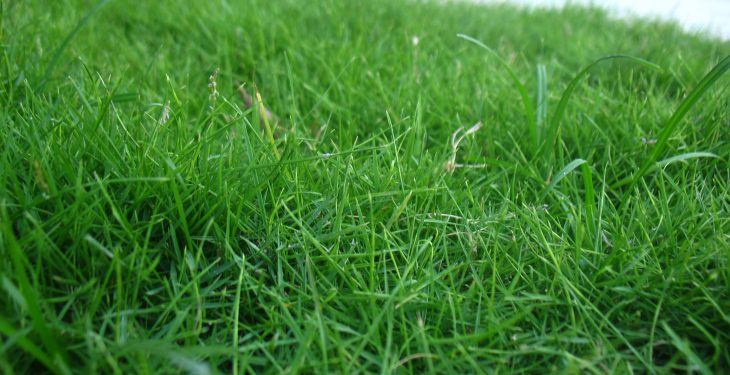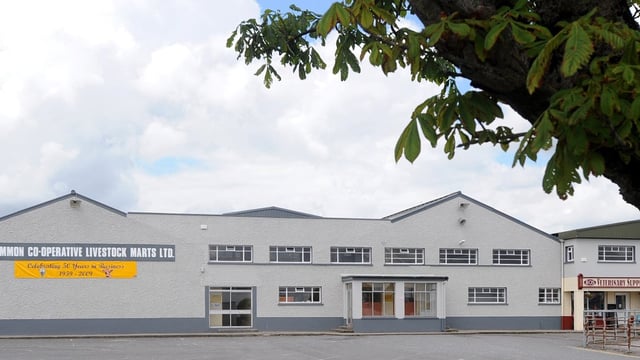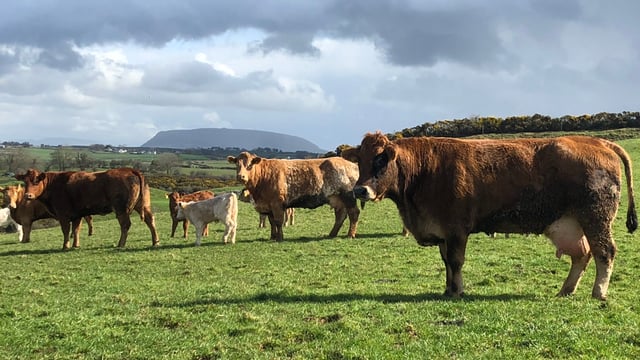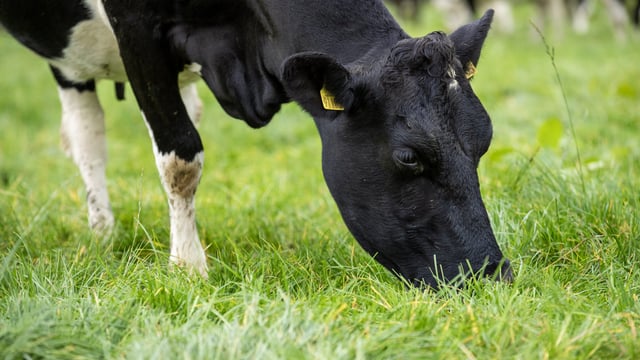Grass advice: 3 tips to aid the grazing season on beef farms
The grazing season is at mixed stages across the country, due to weather conditions and land type.
Some farmers have made progress, however some farms are only truly settling into grazing grass in the past week or so.
While speaking on the Teagasc Beef Edge podcast, John Maher, from Grass 10, provided three simple pieces of advice to aid beef farmers in their management of paddocks throughout the grazing season in 2021.
The first tip that John outlined is to supply the soil with sufficient nitrogen (N), phosphorus (P), potassium (K) and sulphur (S). Speaking about this, he said:
"This can come through slurry which may have been applied earlier on in the season, but in places that didn't get slurry, they will need some compound fertiliser supplying those nutrients to get grass moving.
"There is a big demand for P especially in the spring and as we move into the summer; the S demand increases and the K as we move further on. All three of these are required on top of an application of N.
The next piece of advice to avoid grass becoming full of stem in the months of May and June, is to get full cleanouts of grass swards when grazing now.
He stated:
"We have a month, at best, before stemming comes into its worst phase in the months of May onwards. In order to keep grass quality at its best, we must clean out the swards well for the next month.
"This is often the temptation to leave a bit of grass behind to maximise animal performance [by moving them onto a fresh paddock] but that's short-term gain for long-term pain.
"The bulk of the grass growth is yet to come; we are in the middle of April now and 85% of the grass growth is yet to come - so to maximise full animal performance, you want the grass quality to be high in the swards."
The third and final piece of advice that John had was to simply grow the grass within three weeks, and aim to graze it within three days during your rotation.
"Once the fourth leaf on the grass plant appears, then the first leaf dies and we then get a lot more stem appearing."
By following this grazing practice, John concluded:
"It will do the best for the grass plant; it will do the best for the animal in terms of the quality growing, and it will do the best for the farmer's pocket."






